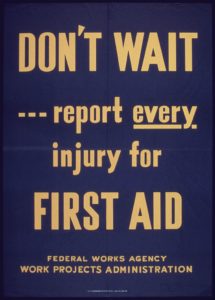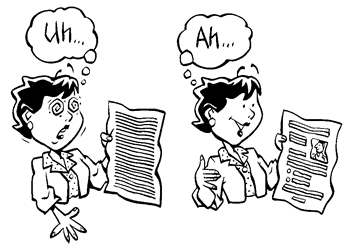 The New York Worker’s Compensation Law is a no-fault system that provides medical and monetary benefits to any worker injured while on the job. Though the threshold for establishing a worker’s compensation claim is not high compared to standards in other areas of the law, there are a few important things every injured worker should know. Claims can be rejected because too much time has passed (time-barred), so it’s important to report your injury to your employer and file a claim as soon as possible after the injury occurs.
The New York Worker’s Compensation Law is a no-fault system that provides medical and monetary benefits to any worker injured while on the job. Though the threshold for establishing a worker’s compensation claim is not high compared to standards in other areas of the law, there are a few important things every injured worker should know. Claims can be rejected because too much time has passed (time-barred), so it’s important to report your injury to your employer and file a claim as soon as possible after the injury occurs.
Under New York law, an injured worker has two years after the date of their accident to file a claim with the Worker’s Compensation board. In the case of an occupational disease that is due to the nature of the job (like carpal tunnel syndrome), the worker has two years from the date that they knew or should have known that their injury was sustained in the course of employment. While two years may seem like a lot of time, many seemingly minor injuries can become much more serious down the line, so to protect yourself it’s important to file a claim as soon as possible after the injury occurs.
The law also requires that employers have adequate notice of the injury. For accidental injuries, the worker must notify their employer about the injury within thirty days of the accident. For an occupational disease, the time limit is relaxed to two years from the date that the worker knew or should have known that the condition was caused by their work activities. Adequate notice can either be oral or written, so even just telling your supervisor that you had an injury on the job is good enough. However, to prevent this from becoming an issue it’s best to fill out an accident report or to provide your employer with some form of written notice of your injury as soon as possible.
Though most claims will need to be reported and filed within these time frames, there are certain exceptions that may apply. If you have any questions about a work injury or how to properly file a claim, reach out to us for a free consultation.
Prior results do not guarantee outcomes.
Attorney Advertising.





